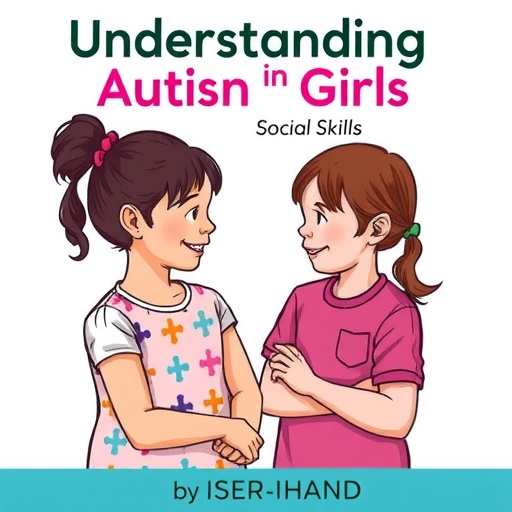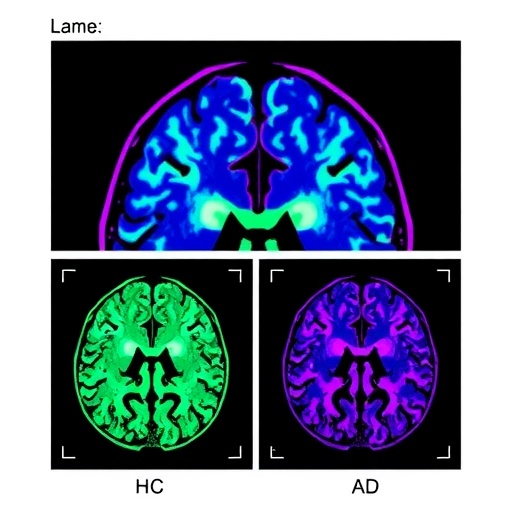Research in mice shows that a pharmacological strategy can alleviate multiple behavioral and cellular deficiencies in a mouse model of fragile X syndrome (FXS), the most common inherited form of intellectual disability and a major single-gene cause of autism spectrum disorders.
The results are scheduled for publication in Neuropsychopharmacology, and are being presented at the NFXF International Fragile X Conference in Cincinnati.
When the compound GSK6A was given to mice lacking the Fmr1 gene, an established animal model of fragile X syndrome, it relieved symptomatic behaviors, such as impaired social interactions and inflexible decision making, which can be displayed by humans with fragile X syndrome.
The findings indicate that treatment with GSK6A or a similar compound could be a viable strategy for addressing cognitive and behavioral problems in fragile X syndrome; this would need to be tested directly in clinical trials. GSK6A inhibits one particular form of a cellular signaling enzyme: the p110β form of PI3 (phosphoinositide-3) kinase. A closely related p110β inhibitor is already in clinical trials for cancer.
"Our results suggest that p110β inhibitors can be repurposed for fragile X syndrome, and they have implications for other subtypes of autism spectrum disorders that are characterized by similar alterations of this pathway," says Gary Bassell, PhD, professor and chair of cell biology at Emory University School of Medicine.
The paper represents a collaboration between three laboratories: two at Emory led by Bassell and Shannon Gourley, PhD (Gourley is based at Yerkes National Primate Research Center), and one at Cincinnati Children's, led by Christina Gross, PhD.
"Right now, no proven efficient treatments are available for fragile X syndrome that are targeted to the disease mechanism," Gross says. "We think that p110β is an appropriate target because it is directly regulated by FMRP, and it is overactivated in both mouse models and patient cell lines."
While the researchers are discussing clinical trials of p110β inhibitors in fragile X syndrome, they say that long-term studies in animals are needed to ensure that undesirable side effects do not appear.
Fragile X syndrome affects around 1 in 3000 males and 1 in 6000 females, with females often having milder symptoms. Affected children display intellectual disability and delay of milestones such as speech. Fragile X syndrome frequently includes autism-like features, such as impaired social skills, gaze aversion/social anxiety, hyperactivity and repetitive behaviors.
Fragile X syndrome is caused by silencing of a single gene, FMR1, preventing production of an RNA binding protein, FMRP. FMRP controls the production of several proteins at synapses, the sites of communication between neurons.
The mouse studies described in the current paper cover short-term treatment (one or two injections). In one experiment in which mice were treated for 10 days, it normalized the densities of dendritic spines in the hippocampus, synaptic structures that are overabundant in the absence of FMRP in the mouse model and in humans with FXS.
Postdoctoral fellow Anwesha Banerjee, PhD, conducted experiments in Bassell's lab. Other contributors include postdoctoral fellow Durgesh Tiwari, PhD, graduate student Angela White at Cincinnati Children's, and Eric Klann, PhD at New York University.
The test for cognitive flexibility in mice in Gourley's lab, in which the mice adapt to changed incentives for obtaining food, is described here. Another example of GSK6A's effects on mouse behavior is seen in a test of social interaction. Given a choice between spending time in a chamber with an unfamiliar mouse or in another chamber with an object, normal mice will prefer a living companion. Mice lacking FMRP show no preference, but treating them with GSK6A one hour before the test increases their social preference. The drug actually blunts social preferences in normal mice.
"It is likely that PI3 kinase – in its various forms — needs to be kept in a tight balance at the synapse," Bassell says. "Too much or too little can tip things into a suboptimal zone, especially for complex behaviors. We think targeting the excess p110β in FXS can restore signaling between upstream and downstream defects linked to the absence of FMRP."
While PI3 kinase is an important cellular enzyme, Bassell emphasizes that p110β is just one of its four forms. The researchers showed that GSK6A is selective for p110β only, which indicates that it is less likely to be toxic; more investigation of potential toxicity is necessary.
The paper also includes tests on other biochemical measures such as regulation of protein synthesis in brain tissue slices, susceptibility to seizures triggered by sound, and behaviors such as grooming and nesting.
With respect to clinical trials, the fragile X community has been disappointed before. Based on encouraging studies in mouse models, drugs targeting mGluR5 glutamate receptors were tested in adolescents and adults. mGluR5 drugs did not show clear benefits; recent re-evaluation suggests the choice of outcome measures, the ages of study participants and drug tolerance may have played a role.
"We can't use mouse behavioral tests alone to understand a drug's effects," Bassell says. "It is critical to have molecular, cellular and neurophysiological phenotypes, which we and others do." He adds that models incorporating human neurons, derived from induced pluripotent stem cells, could be complementary.
GlaxoSmithKline provided the GSK6A compound used in the study. This research was supported by the National Institute of Mental Health (R21MH103748), the Eunice Kennedy Shriver National Institute of Child Health and Human Development (U54HD082013), Office of Research Infrastructure Programs (Primate centers: P51OD011132), the Brain & Behavior Research Foundation, the Cincinnati Children's Research Foundation, and Children's Healthcare of Atlanta.
Gross and Bassell have applied for a provisional patent based on this technology, and thus could potentially benefit from its commercialization.
###
Media Contact
Quinn Eastman
[email protected]
404-727-7829
@emoryhealthsci
http://whsc.emory.edu/home/news/index.html
http://dx.doi.org/10.1038/s41386-018-0150-5




